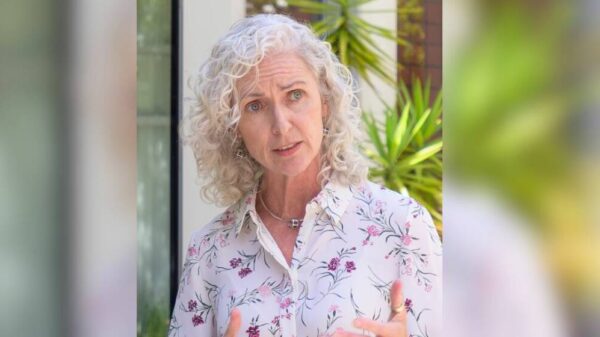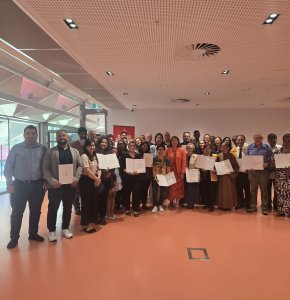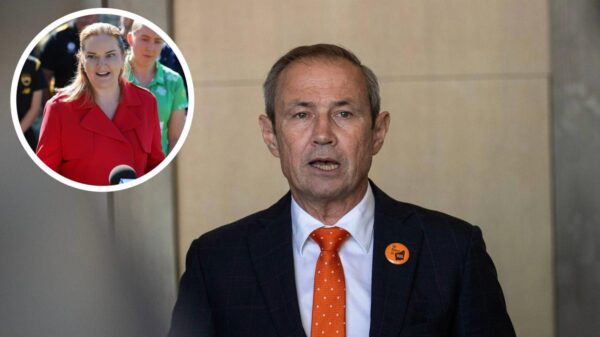A man has reached out for advice after spending 38 years in a marriage devoid of physical intimacy. He revealed that three years into the union, his wife expressed her disinterest in sexual relations, stating she had married him for companionship rather than physical desire. Despite their two daughters, the couple has not engaged in any sexual activity, leaving the husband feeling emotionally devastated and uncertain about his options.
In a response to his situation, relationship expert Eleanor outlined three potential paths for him: either he and his wife engage in sexual activities, he seeks intimacy outside the marriage, or he resigns himself to a sexless existence. This stark reality highlights not only the absence of physical connection but also the emotional toll it takes on individuals when their needs are unmet.
Eleanor emphasized that the issue extends beyond mere sexual frustration. It delves into feelings of inadequacy and the perception that one’s wellbeing is secondary in the relationship. The husband has attempted to address the situation by suggesting counselling, yet his wife remains uninterested in pursuing help. This lack of communication can exacerbate feelings of isolation and despair.
Eleanor pointed out that understanding one’s partner’s perspective is crucial. Often, women may not articulate their desires or needs due to various societal pressures or personal experiences. She suggested that instead of framing the conversation around the need for sex, it might be more beneficial to foster open dialogue about each other’s feelings and experiences.
The expert noted that many women may have had negative experiences with sex, leading them to associate it with discomfort or alienation. This perspective can cause reluctance to engage in sexual activities, even when they might not have experienced significant barriers to enjoyment. Eleanor highlighted that without a willingness to explore what intimacy could mean for both partners, the cycle of dissatisfaction is likely to persist.
To facilitate a more productive conversation, Eleanor proposed that the husband shift the focus from sex to understanding. By prioritizing dialogue over desire, the couple might find a pathway to reconnect emotionally. She encouraged him to explore what intimacy means to him and to ask his wife about her feelings regarding physical touch and connection.
Recognizing that their definitions of intimacy might differ could be a key step in bridging the gap that has formed over decades. This exploration may not lead directly to physical intimacy but could enhance their emotional connection, fostering a sense of partnership and understanding.
Eleanor concluded by suggesting various resources, such as books and podcasts, that could serve as alternatives to traditional counselling. These tools can provide the couple with insights into their relationship dynamics without the pressure of formal therapy.
Ultimately, the journey toward intimacy in a long-term relationship requires patience, empathy, and a willingness to communicate openly. By navigating these challenges together, couples can cultivate a deeper understanding of one another, potentially paving the way for a more fulfilling partnership.































































